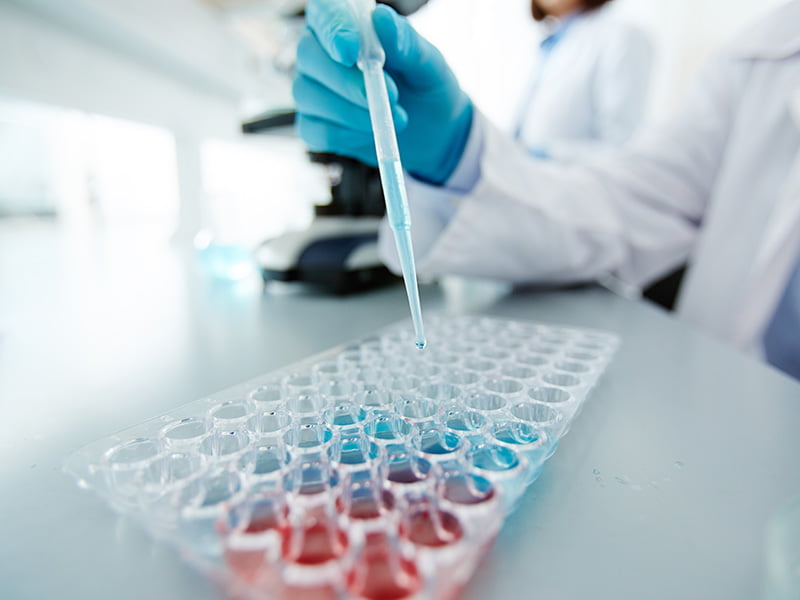New data indicates that higher education organisations expenditure on computer and information sciences lags while pure basic research falls.
The Australian Bureau of Statistics data showed that in 2020 around $2.79 billion of research and development (R&D) expenditure by higher education organisations went into the biomedical and clinical sciences, the most of any research field.
Expenditure on information and computing sciences R&D in 2020 is less than 20 per cent of the spending on biomedical and clinical sciences at $514 million. Engineering, which receives the second most R&D expenditure from higher education organisations, received 45 per cent less than biomedical and clinical sciences at $1.52 billion.
Emeritus Professor Roy Green, who is Special Innovation Adviser at the University of Technology Sydney and authored the Senate Inquiry into Australia’s Innovation System Issues Paper in 2015, noted that it’s not that health and medical research is unimportant, but that the investment comes at the expense of other areas which “may be more pressing”.
“If we’re looking at the revival and reinvention of manufacturing industry, for example, the major requirement there is research in engineering and IT, and the renewal of our skill base in that area. There are areas like that which ought to be given a higher priority,” Professor Green said.
“To some extent, the rhetoric is saying these fields should be prioritised, as well given the government’s manufacturing priorities. But we’re not seeing that translated into research, output and engagement.”

Further, higher education R&D expenditure as a proportion of GDP decreased from 0.62 per cent in 2018 to 0.61 per cent in 2020. Overall, the level of higher education R&D expenditure increased between 2018 and 2020 by four per cent to almost $12.7 billion.
In a statement, Universities Australia deputy chief executive Peter Chesworth said this has been “the slowest growth in university expenditure on research since 1992 – highlighting the impact of the pandemic on the sector”.
The rise in overall R&D has been driven by applied research, which grew by 18 per cent, as the amount of expenditure on pure research has fallen by 11 per cent.
Strategic basic research increased by 4 per cent, but has marginally fallen as a proportion of total higher education R&D expenditure. As support for basic research falls, Professor Green questioned “if we’re not doing basic research, there won’t be anything to commercialise”.
Professor Green also said that Australian innovation was facing a system failure due to underfunding, fragmentation, and the lack of direction in funding. In particular, he criticised the Coalition government’s Modern Manufacturing Initiative.
“The modern manufacturing Initiative’s $800 million for collaboration was dissipated on one-off short-term grants. That was a missed opportunity to set up a better institutional structure focused around key objectives,” Professor Green said.
“You have all these new programs like the Trailblazer program in education. You have the Australian economic accelerator and modern manufacturing strategy in industry plus the CRCs plus the growth centres and the list goes on and on. At the last count these represent 150 separate budget line items, none of which are very few of which connect with each other,” he said.
“They’re fragmented across not only Commonwealth portfolios, but also jurisdictions between the Commonwealth and the States. [The States] have have actually picked up the baton with research and innovation in recent times given the inadequacy of programs at the Commonwealth level.”
Mr Green also highlighted that Australia’s R&D expenditure to GDP ratio is 1.79 per cent, which is about a quarter less than the Organisation of Economic Cooperation and Development average of 2.37 per cent, as of 2017.
In a submission to the Productivity Commission earlier this year, Universities Australia said that increasing higher education R&D expenditure by one percent would expand the Australia economy by $24 billion over 10 years.







